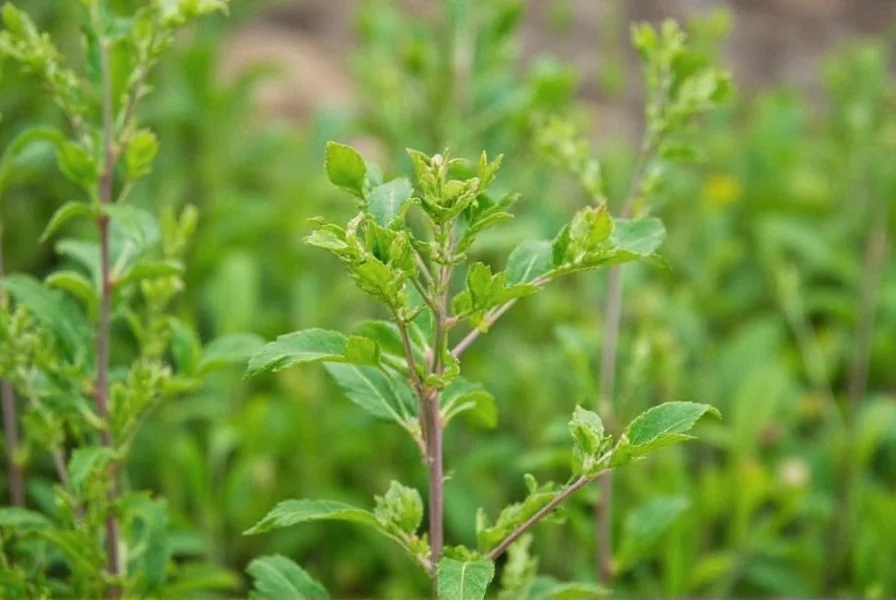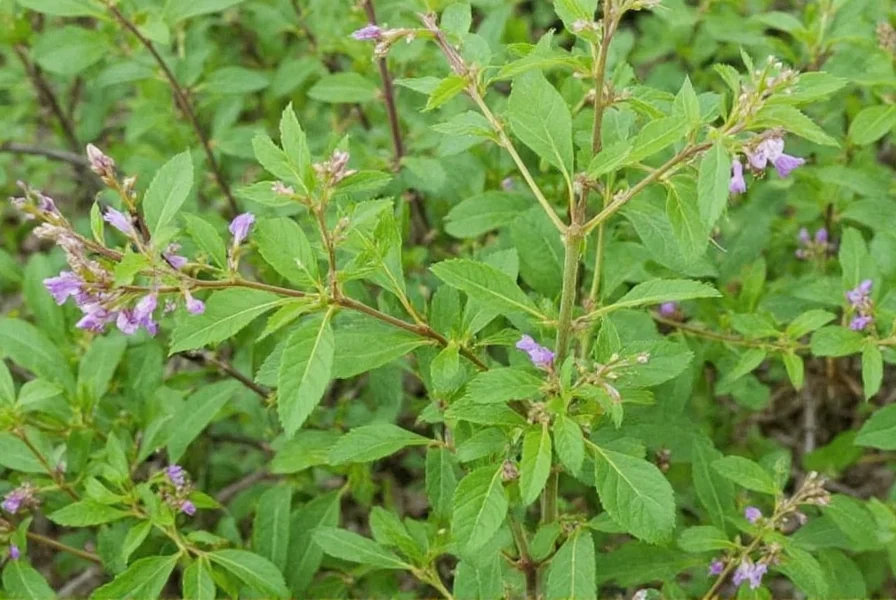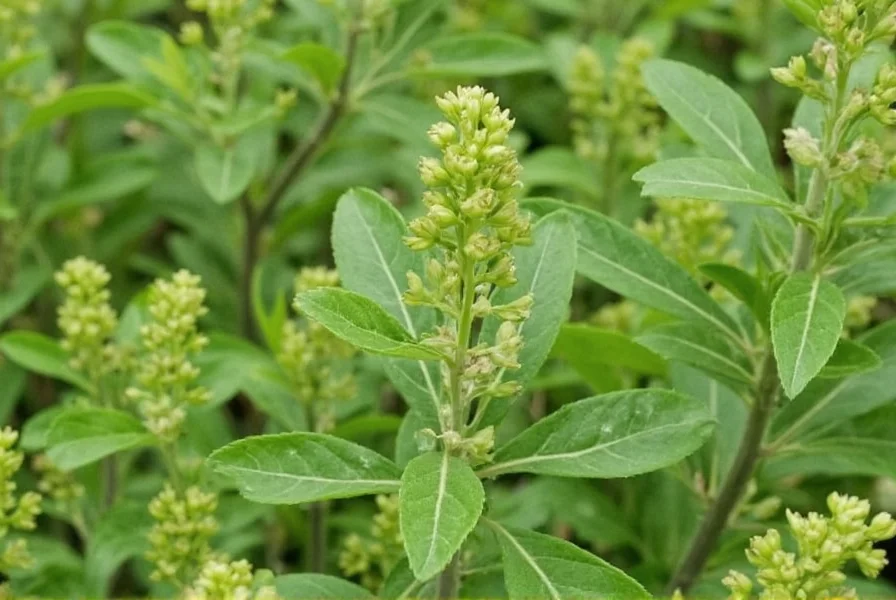Bush clover plants, scientifically classified under the genus Lespedeza, represent a diverse group of flowering plants within the legume family (Fabaceae). Unlike true clovers belonging to the genus Trifolium, bush clovers form a distinct botanical group with unique characteristics and ecological roles. Understanding bush clover plant identification is essential for gardeners, conservationists, and land managers working with native and non-native plant species.
Scientific Classification and Botanical Family
Lespedeza species belong to the Fabaceae family, sharing characteristics with other legumes including nitrogen-fixing capabilities. The genus honors Captain Charles de Lespedeza, a Spanish navigator. With approximately 40 recognized species, bush clovers exhibit considerable variation in growth habit, from low-growing annuals to shrubby perennials reaching up to 10 feet in height. Key species include:
| Common Name | Scientific Name | Native Range | Key Characteristics |
|---|---|---|---|
| Roundhead Bush Clover | Lespedeza capitata | Eastern North America | 3-5 ft tall, white flowers, rounded seed heads |
| Slender Bush Clover | Lespedeza virginica | Eastern United States | 1-3 ft tall, purple flowers, hairy stems |
| Sericea Lespedeza | Lespedeza cuneata | Asia | Invasive perennial, 3-10 ft tall, dense growth |
Physical Characteristics for Identification
Accurate bush clover plant identification requires attention to several key features. These plants typically display trifoliate leaves (three leaflets per leaf), though some species may have single leaflets. The leaflets are usually oval to lance-shaped with smooth or slightly toothed margins. During blooming season (late summer to fall), they produce characteristic pea-like flowers ranging from pale pink to deep purple, though some species feature white blossoms.
One distinguishing feature is their seed pods, which contain one or two seeds and often have a distinctive shape that helps differentiate species. The stems vary from smooth to hairy depending on the species, with growth habits ranging from prostrate to upright. Understanding these bush clover plant characteristics helps distinguish them from true clovers and other similar-looking plants.

Habitat and Geographic Distribution
Bush clovers demonstrate remarkable adaptability across various ecosystems. Native North American species like Lespedeza capitata thrive in prairies, open woodlands, and along roadsides throughout the eastern and central United States. Asian species such as Lespedeza cuneata (Sericea Lespedeza) have become naturalized in many regions, sometimes aggressively so.
These plants typically prefer well-drained soils and full sun to partial shade. Their drought tolerance makes them common in disturbed areas, abandoned fields, and along transportation corridors. When considering growing bush clover plants, understanding their preferred habitat conditions is crucial for successful establishment or management.
Ecological Impact: Benefits and Concerns
The ecological role of bush clover varies significantly by species and location. Native species provide valuable ecosystem services:
- Nitrogen fixation improves soil fertility
- Nectar sources for pollinators including native bees
- Food and cover for wildlife, particularly quail and other ground birds
- Erosion control on slopes and disturbed areas
However, certain non-native species like Sericea Lespedeza (Lespedeza cuneata) have become problematic invasive plants in many regions. These aggressive growers form dense monocultures that outcompete native vegetation, reduce biodiversity, and alter ecosystem functions. Understanding whether bush clover is invasive in your specific region is critical before planting or managing existing populations.
Distinguishing Bush Clover from True Clovers
Many people confuse bush clovers with true clovers (genus Trifolium). Key differences include:
- Growth habit: Bush clovers typically grow as woody-based shrubs or subshrubs, while true clovers are herbaceous perennials
- Flower structure: Bush clover flowers grow in racemes along stems, whereas true clovers produce dense, spherical flower heads
- Stem texture: Many bush clovers have more rigid, sometimes woody stems compared to the softer stems of true clovers
- Seasonality: Bush clovers typically bloom later in the season (late summer to fall) compared to most true clovers
These distinctions are vital for proper bush clover vs true clover identification, especially when making management decisions.
Management Considerations
Managing bush clover plants requires species-specific approaches. For native species, conservation efforts often focus on habitat preservation and controlled burns to maintain healthy populations. For invasive species like Sericea Lespedeza, integrated management strategies typically include:
- Mechanical control through mowing before seed set
- Targeted herbicide applications during active growth periods
- Prescribed burning in appropriate ecosystems
- Revegetation with competitive native species
Timing is critical—management efforts should target plants before they set seed, as bush clovers produce abundant, long-lived seeds that can remain viable in soil for many years. When considering how to identify bush clover for management purposes, focus on seed head development as a key timing indicator.

Practical Applications and Uses
Despite management challenges with some species, bush clovers offer several practical benefits:
- Forage: Some species provide moderate-quality forage for livestock, particularly during late summer when other forages decline
- Soil conservation: Their extensive root systems help stabilize soil on erosion-prone sites
- Wildlife habitat: Seeds provide food for birds, while dense growth offers cover
- Ornamental value: Certain species work well in native plant gardens and restoration projects
When selecting plants for landscaping or restoration, choosing native bush clover species appropriate for your region supports local ecosystems without introducing invasive risks. Researching bush clover benefits for wildlife can help inform habitat improvement projects.
Conclusion
Bush clover plants represent a diverse and ecologically significant group within the legume family. While some species provide valuable ecosystem services as native components of regional flora, others pose significant challenges as invasive species. Proper identification, understanding of local ecological context, and appropriate management strategies are essential when working with these plants. Whether you're a gardener considering growing bush clover plants, a land manager addressing invasive populations, or simply curious about local flora, recognizing the distinctions between species and their ecological roles enables more informed decisions about these versatile plants.
Is bush clover actually a true clover?
No, bush clover belongs to the genus Lespedeza in the legume family, while true clovers belong to the genus Trifolium. Though related as legumes, they are distinct plant groups with different growth habits and characteristics.
Are all bush clover plants invasive?
No, only certain species like Sericea Lespedeza (Lespedeza cuneata) are considered invasive in North America. Many native species such as Roundhead Bush Clover (Lespedeza capitata) are valuable components of local ecosystems and not invasive.
How can I identify bush clover plants?
Look for trifoliate leaves (sometimes single leaflets), pea-like flowers in shades of pink to purple blooming in late summer, distinctive seed pods, and woody-based growth habit. The arrangement of flowers along stems (racemes) rather than in dense heads helps distinguish them from true clovers.
What are the benefits of native bush clover species?
Native bush clovers fix nitrogen to improve soil fertility, provide nectar for pollinators, offer food and cover for wildlife (especially birds), and help prevent soil erosion with their extensive root systems.
When is the best time to manage invasive bush clover?
The most effective time to manage invasive bush clover species is before they set seed, typically in mid-summer. Control methods include mowing, targeted herbicide application during active growth, and prescribed burning in appropriate ecosystems.











 浙公网安备
33010002000092号
浙公网安备
33010002000092号 浙B2-20120091-4
浙B2-20120091-4